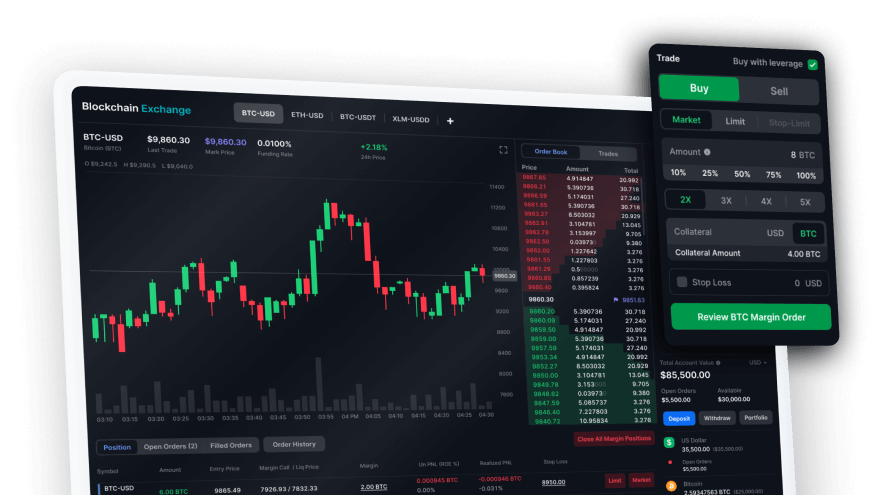Convex Finance is a DeFi protocol developed on top of Curve Finance to help liquidity providers and CRV stakers earn higher returns. Convex allows Curve.fi liquidity providers to earn trading fees and claim boosted CRV without locking CRV themselves.












A brief history
To understand how Convex Finance works, we need to first understand the protocol it’s building on Curve Finance. Curve Finance pays liquidity providers its governance token, CRV, in addition to trading fees. CRV tokens can be locked for up to 4 years. This is done so that users can receive vote-escrowed CRV (veCRV). The longer CRV tokens are locked in by stakers, the more veCRV they get in return. Holding veCRV gives stakers voting rights in the Curve DAO, a portion of the Curve platform’s trading revenues, and up to 2.5x increased CRV awards for liquidity provision.
CVX in practice
Convex Finance builds upon the Curve platform by allowing liquidity providers to increase their CRV rewards without having to lock their own CRV tokens. CRV holders lock CRV on Convex and receive cvxCRV. While the lock is one-way only (CRV to cxcCRV but not the other way around), users who hold cvxCRV on Convex receive trading fees from Curve as well as a portion of the enhanced CRV payouts. CRV stakers and liquidity providers also earn CVX as liquidity mining rewards which further incentivizes the use of the Convex protocol. Additionally, users can stake CVX on Convex Finance to get a percentage of protocol fees.



































































































